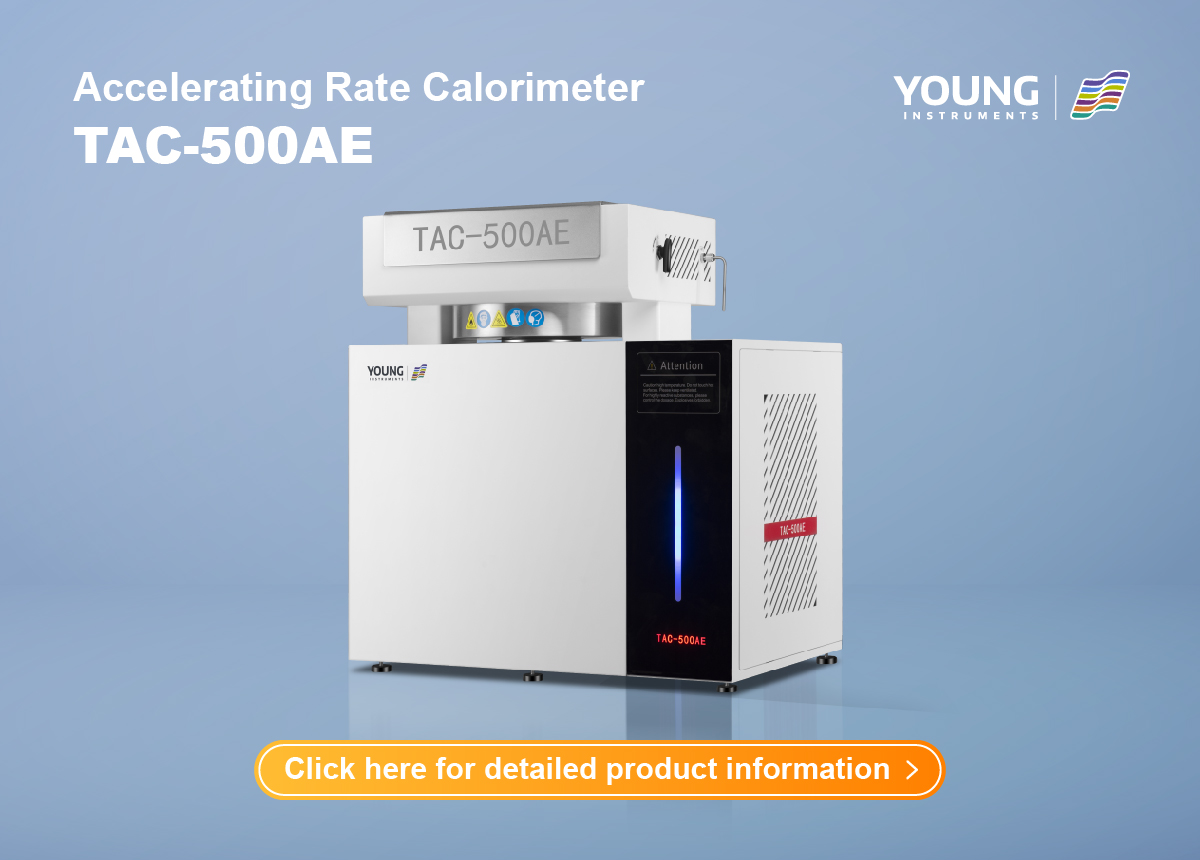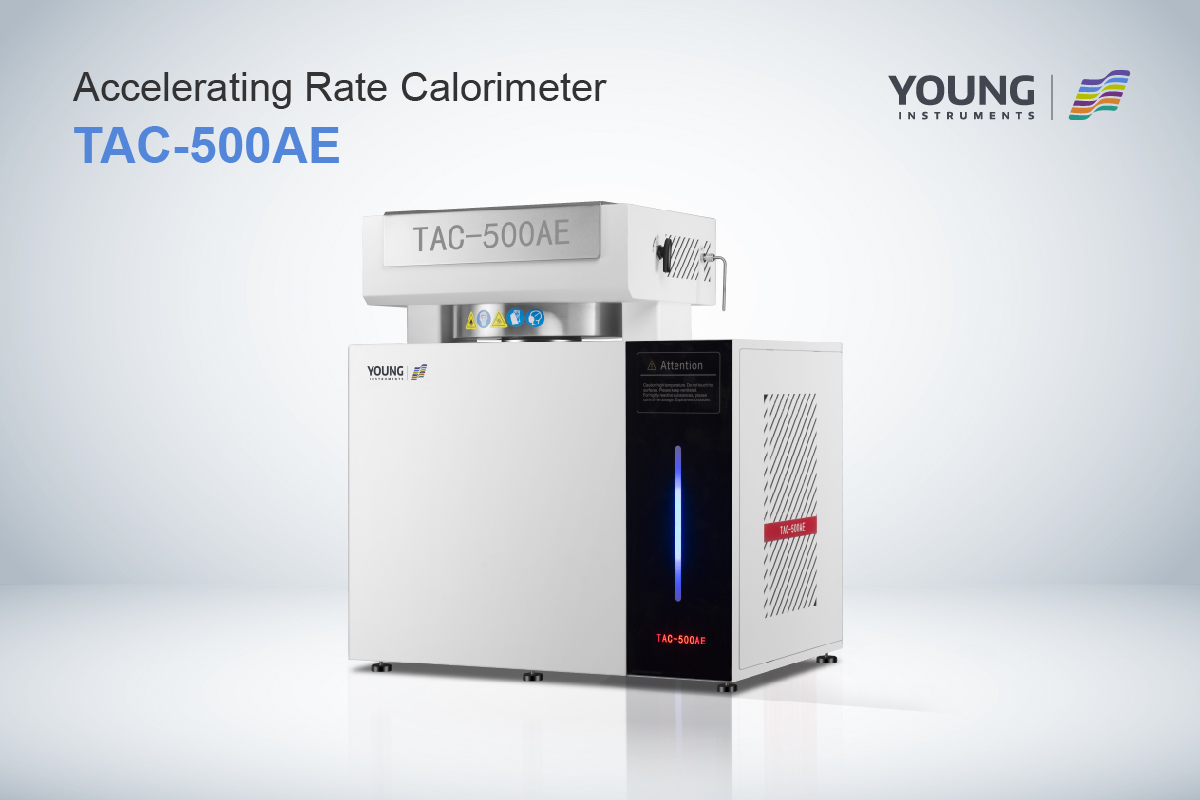Thermal Analysis Instrumentation: A Comprehensive Overview
Thermal analysis instrumentation is a technique used to study the thermal properties of materials. It involves the measurement of physical and chemical changes in a material as it is heated or cooled. This technique is widely used in the fields of chemistry, materials science, and engineering to study the properties of materials, including polymers, ceramics, metals, and composites.
The principles of thermal analysis are based on the fact that all materials undergo physical and chemical changes when they are heated or cooled. These changes can be measured using a variety of techniques, including differential scanning calorimetry (DSC), thermogravimetric analysis (TGA), and differential thermal analysis (DTA). The instrumentation components of thermal analysis typically include a furnace, sample holder, temperature control unit, and sensor. These components work together to heat or cool the sample, measure its temperature, and detect any physical or chemical changes that occur.
Key Takeaways
- Thermal analysis is a technique used to study the thermal properties of materials.
- The principles of thermal analysis are based on the physical and chemical changes that occur when a material is heated or cooled.
- Instrumentation components of thermal analysis typically include a furnace, sample holder, temperature control unit, and sensor.
Principles of Thermal Analysis
Thermal Analysis (TA) is a technique used to study the physical and chemical properties of materials by measuring the thermal behavior of a sample as it is subjected to a controlled temperature program. There are several different types of TA techniques, including Differential Scanning Calorimetry (DSC), Thermogravimetric Analysis (TGA), and Differential Thermal Analysis (DTA).
Differential Scanning Calorimetry
Differential Scanning Calorimetry is a thermal analysis technique that measures the heat flow into or out of a sample as a function of temperature or time. The technique is used to study the thermal behavior of materials, including phase transitions, melting, crystallization, and chemical reactions.
Thermogravimetric Analysis
Thermogravimetric Analysis is a thermal analysis technique that measures the change in mass of a sample as a function of temperature or time. The technique is used to study the thermal stability of materials, including decomposition, oxidation, and reduction reactions.
Differential Thermal Analysis
Differential Thermal Analysis is a thermal analysis technique that measures the temperature difference between a sample and a reference material as a function of temperature or time. The technique is used to study the thermal behavior of materials, including phase transitions, melting, crystallization, and chemical reactions.
Thermal Analysis techniques are widely used in materials science, chemistry, and engineering to study the thermal properties of materials. These techniques provide valuable information about the thermal stability, reactivity, and physical properties of materials, which can be used to optimize manufacturing processes and improve product performance.
Instrumentation Components
When it comes to thermal analysis, there are a few key components that are necessary for any instrument. These include furnaces, temperature controllers, and sample holders.
Furnaces
Furnaces are the main component of any thermal analysis instrument. They are responsible for supplying heat to both the sample and reference at the same rate. The furnace should be able to heat up quickly and maintain a steady temperature throughout the analysis. Most furnaces are made of high-quality materials that can withstand high temperatures and are designed to be durable and long-lasting.
Temperature Controllers
Temperature controllers are essential for ensuring that the furnace maintains a steady temperature throughout the analysis. They work by monitoring the temperature of the furnace and making adjustments as needed to keep it at the desired temperature. Some temperature controllers are more advanced than others and can provide more precise temperature control.
Sample Holders
Sample holders are used to hold both the reference materials and the sample during the analysis. They are typically made of metallic materials such as nickel or stainless steel and are designed to be durable and long-lasting. Sample holders should be designed in such a way that they can hold the sample securely and prevent any movement or displacement during the analysis.
Overall, these three components are the backbone of any thermal analysis instrument. Without them, it would be impossible to accurately and reliably analyze the thermal properties of materials. By ensuring that you have high-quality furnaces, temperature controllers, and sample holders, you can be confident in the accuracy and reliability of your thermal analysis results.
Measurement Techniques
Thermal analysis instrumentation uses various measurement techniques to analyze the thermal behavior of materials. Here are some of the most common measurement techniques used in thermal analysis:
Temperature Modulation
Temperature modulation is a technique that involves periodically varying the temperature of the sample at a fixed frequency while the heat flow is measured. This technique can be used to separate the reversible and irreversible components of the heat flow, allowing for a more detailed analysis of the sample’s thermal properties.
Atmosphere Control
Atmosphere control is a technique that involves controlling the environment around the sample during the measurement. This can be done by using a gas flow or by enclosing the sample in a controlled atmosphere chamber. Atmosphere control is important for studying the effects of temperature on materials in different environments, such as in air, vacuum, or under different gas atmospheres.
Data Acquisition
Data acquisition is a technique that involves collecting and analyzing data from the thermal analysis instrument. This can be done using various types of sensors and detectors, such as thermocouples, pyrometers, and calorimeters. The data collected can then be used to calculate various thermal properties of the sample, such as specific heat, thermal conductivity, and thermal diffusivity.
Overall, these measurement techniques are essential for accurate and detailed analysis of the thermal behavior of materials. By using these techniques, you can gain valuable insights into the thermal properties of materials and their behavior under different conditions.
Applications of Thermal Analysis
Thermal Analysis (TA) is a powerful analytical technique used to study the thermal properties of materials. TA is widely used in many industries, including pharmaceuticals, polymers, ceramics, and materials science. In this section, we will discuss some of the major applications of TA.
Polymer Characterization
TA is an essential tool for polymer characterization. It is used to determine the glass transition temperature (Tg), melting temperature (Tm), and other thermal properties of polymers. The Tg is a critical parameter for the processing and performance of polymers. TA can also be used to study the thermal stability of polymers, which is essential for understanding their behavior during processing and storage.
Pharmaceutical Analysis
TA is widely used in the pharmaceutical industry to study the thermal properties of drugs and excipients. It is used to determine the melting point, glass transition temperature, and other thermal properties of drugs and excipients. TA can also be used to study the stability of drugs and excipients, which is essential for understanding their behavior during storage and processing.
Materials Development
TA is also used in materials development. It is used to study the thermal properties of materials such as metals, ceramics, and composites. TA can be used to determine the melting point, glass transition temperature, and other thermal properties of these materials. It can also be used to study the thermal stability of these materials, which is essential for understanding their behavior during processing and use.
In conclusion, TA is a powerful analytical technique used to study the thermal properties of materials. It has a wide range of applications in many industries, including pharmaceuticals, polymers, ceramics, and materials science. By using TA, you can gain valuable insights into the thermal behavior of materials, which can help you optimize their performance and processing.
Data Interpretation and Analysis
Once you have collected the data from your thermal analysis experiment, you need to interpret and analyze it to draw meaningful conclusions. The data interpretation and analysis process involves comparing the thermal properties of your sample to those of a reference material.
One way to interpret the data is to plot the temperature difference between the sample and reference material as a function of temperature. This plot is called a differential thermal analysis (DTA) curve. You can use the DTA curve to identify the phase transitions that occur in your sample, such as melting or crystallization.
Another way to analyze the data is to calculate the heat flow as a function of temperature. This plot is called a differential scanning calorimetry (DSC) curve. The DSC curve can be used to determine the enthalpy of the phase transitions that occur in your sample.
You can also use other analysis techniques, such as thermogravimetric analysis (TGA) or dynamic mechanical analysis (DMA), to further characterize the thermal properties of your sample.
To ensure the accuracy of your data interpretation and analysis, it is important to carefully control the experimental conditions, such as the heating rate and sample size. You should also use appropriate reference materials and calibration standards to calibrate your instrument and validate your results.
Overall, data interpretation and analysis is a critical step in thermal analysis that requires careful attention to detail and a thorough understanding of the underlying principles. By following proper procedures and using appropriate analysis techniques, you can obtain reliable and meaningful results from your thermal analysis experiments.








































